Stay healthy and safe when traveling this holiday season
Heading out of town? Read these health tips first.
The Food and Drug Administration (FDA) has announced a ban on Red Dye No. 3, a common color additive used in foods, beverages and oral medicines, such as cough syrup. The decision follows growing concerns about artificial coloring’s potential health risks.
The dye, known for its bright cherry-red color, is found in numerous items, including candies, baked goods, maraschino cherries and some strawberry-flavored beverages.
Here’s what you should know about the color additive and why it’s being banned.
What is Red Dye No. 3?
The dye — also known as erythrosine, FD&C Red No. 3 or Red 3 — is a synthetic food coloring made from petroleum. It gives foods, medications and cosmetics a bright red or pink hue. It has been widely used in the U.S. for decades, appearing in everything from candy and baked goods to cough syrups and throat lozenges.
“The FDA first restricted the use of Red Dye No. 3 in cosmetics in 1990 due to concerns about its potential link to cancer,” says Dr. Teresa Hardisty, a lifestyle medicine doctor and pediatrician with Sharp Rees-Stealy Medical Group. “In 2023, California became the first state to ban the dye in foods. Many other countries, including Japan, Australia and countries in the European Union, have either already banned or restricted its use.”
Why is it being banned?
The FDA’s decision comes after research linked Red Dye No. 3 to health risks, including potential carcinogenic effects. Animal studies have shown that high doses of the dye can cause cancer, prompting public health advocates to push for a complete ban. “Over time, we’ve seen increasing evidence that prolonged exposure to Red Dye No. 3 could pose health risks,” Dr. Hardisty explains. “Although more research is needed in humans, limiting exposure — especially in children, who consume more dyed foods — is a precautionary step.”
What products contain Red Dye No. 3?
The dye has been used in a wide range of products, including:
Candies – Gummy bears, jelly beans, fruit chews and some hard candies
Baked goods – Frostings, cake decorations and pre-packaged pastries
Snack foods –Certain fruit-flavored snacks and cereals
Medications – Some liquid cough syrups, throat lozenges and chewable medications
Cosmetics – Lipsticks and blushes (though already banned in these) “The types of processed foods that have the red dye in them are also the types of foods that, just in general, are not health-promoting,” Dr. Hardisty says. “As a rule of thumb, we recommend choosing foods with ingredients that one would potentially cook with at home.”
Consumers are advised to check ingredient labels when purchasing food or medications. Overall, the fewer ingredients, the better.
What happens next?
The FDA’s ban means manufacturers must reformulate products that currently contain Red Dye No. 3. While some companies have already begun removing the additive, others will have a grace period to phase it out.
Food companies have until January 15, 2027, and ingested drug manufacturers until January 18, 2028, to reformulate their products to comply with the updated law.
“Look for products that contain natural food dyes — such as beet juice, paprika extract or turmeric — or no food dyes at all,” Dr. Hardisty says. “By reading the ingredient list, you will get a clear idea of what’s in the product and what you’re putting in your body.” As the FDA continues to evaluate food additives for safety, consumers are encouraged to stay informed and make dietary choices that align with their health needs.
Get the latest health and wellness news, trends and patient stories from Sharp Health News and subscribe to our weekly newsletter by clicking the "Sign up" link below.

Our weekly email brings you the latest health tips, recipes and stories.